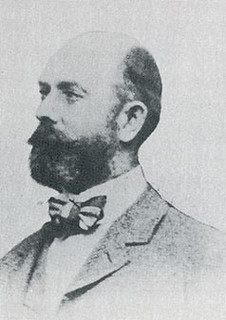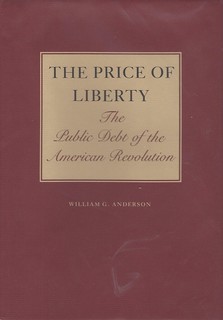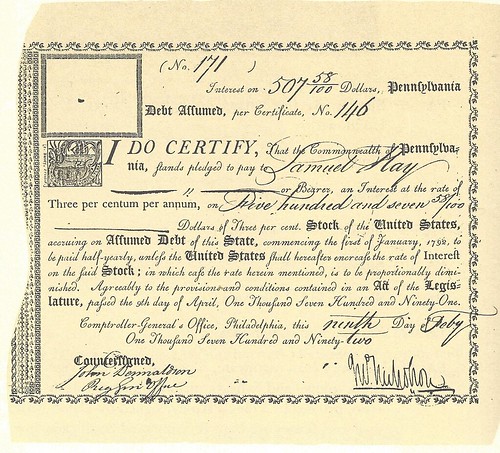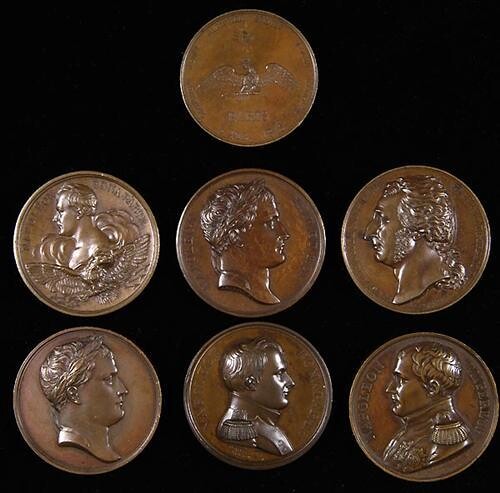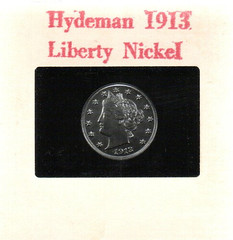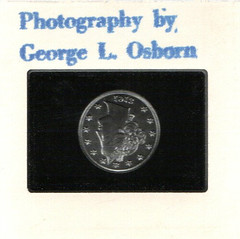
PREV ARTICLE
NEXT ARTICLE
FULL ISSUE
PREV FULL ISSUE
V25 2022 INDEX E-SYLUM ARCHIVE NOTES FROM E-SYLUM READERS: JANUARY 9, 2022
Wegefarth's Gold and Silver Dollar Saloon "I found the article on the Gold Dollar Saloon in Buffalo, NY interesting. On page 106 of my hard rubber token catalog is a token from the Silver Dollar Saloon, with Wegefarth's name on the reverse. Wegefarth also issued brass tokens, which are listed in Wright. "I took a quick look at the 2015 article. The authors commented that the Gold Dollar Saloon and the Silver Dollar Saloon were competitors, but later in the article he say that Gus Wegefarth owned the Gold Dollar; Wegefarth obviously owned the Silver Dollar also, since his name is on the hard rubber token." Thanks. Too bad we'll probably never know the fate of the displayed coins. -Editor
To read the earlier E-Sylum article, see:
More on Engraver Lorenzo Hatch
"Lorenzo Hatch is a particular research interest of mine. I wrote an article for the American Numismatic Society ANS Magazine, 2012 issue 4, entitled "Artistic Perfection is Security: The U.S. Work of Lorenzo J. Hatch," which lists the Hatch BEP portraits that were used on U.S. currency: Garfield, Manning, Sheridan, and Grant. He did many other portraits for the BEP but those were the only ones used on U.S. paper money. While Hatch's work at the Bureau was excellent, it was mostly portraits, and his most interesting work by far was the work done for the International Bank Note Company from 1889-1908, mostly vignettes for stocks and bonds. In many cases he did the artwork and the engraving for those vignettes." Thanks for setting things straight. -Editor
To read the earlier E-Sylum article, see:
More on Public Debt of the American Revolution
"Your illustration is not a debt certificate, but a receipt for two of them. Receipts are specifically excluded from Anderson's coverage, along with warrants, drafts on the treasury and vouchers. He says: Thanks. I had the book handy and made these scans. -Editor
To read the earlier E-Sylum article, see:
The Long Way Home "If anybody likes stories about the PanAm Clippers, I can highly recommend one about the "real" Clipper (the Boeing B-314) piloted by Captain Robert Ford, trapped in the Pacific by the outbreak of World War II, and what happened to it. No spoilers, just read "The Long Way Home" by Ed Dover — a true story and a thrilling read."
To read the earlier E-Sylum article, see:
More Bronzed Copper Images Craig Sholley passed along a couple more examples of bronzed copper pieces from Stack's Bowers sales. Thanks! -Editor 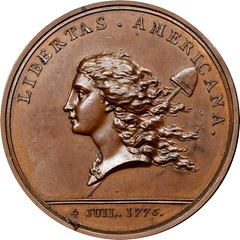
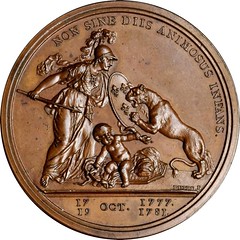
1781 Libertas Americana medal. Betts-615. Copper. Original. Paris Mint. 47.8 mm, 710.6 grains. 3.5 - 3.6 mm thick. Choice Mint State.
To read the earlier E-Sylum article, see:
Hydeman 1913 Nickel Slide
"The January issue of The Numismatist contained an announcement (p. 23) that the famous Cool - thanks. Does anyone else have one of these? -Editor
Wayne Homren, Editor The Numismatic Bibliomania Society is a non-profit organization promoting numismatic literature. See our web site at coinbooks.org. To submit items for publication in The E-Sylum, write to the Editor at this address: whomren@gmail.com To subscribe go to: https://my.binhost.com/lists/listinfo/esylum All Rights Reserved. NBS Home Page Contact the NBS webmaster 
|
